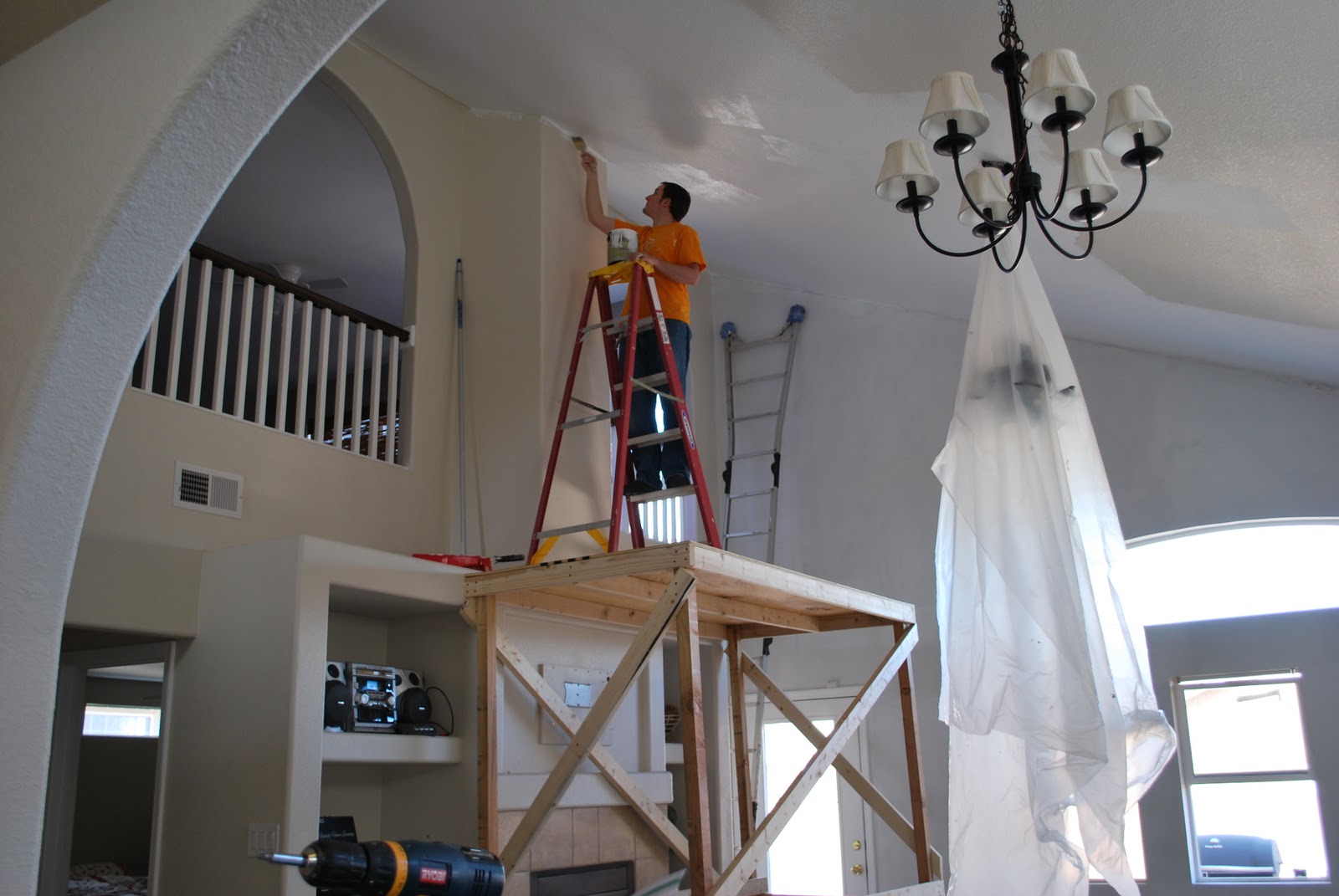

Articles
How To Reach 20-Foot Ceiling
Modified: December 7, 2023
Learn how to reach the 20-foot ceiling with our informative articles. Gain practical tips and techniques for successfully accomplishing high-reaching tasks.
(Many of the links in this article redirect to a specific reviewed product. Your purchase of these products through affiliate links helps to generate commission for Storables.com, at no extra cost. Learn more)
Introduction
Reaching a 20-foot ceiling can be a daunting task, especially if you are not familiar with the proper techniques and tools. Whether you are painting, installing light fixtures, or doing any other task that requires accessing a high ceiling, it is important to approach the job with the right preparation and safety measures in place.
In this article, we will guide you through the process of reaching a 20-foot ceiling safely and efficiently. We will discuss how to assess the space, choose the right tools, install a scaffold or ladder, implement safety measures, and work effectively at heights. By following these guidelines, you will be well-equipped to tackle any project that requires you to reach high ceilings.
Before we dive into the details, it’s important to note that working at heights can be dangerous. It is essential to prioritize safety by wearing appropriate protective gear, assessing the stability of the working area, and adhering to all relevant safety regulations. If you are unsure or uncomfortable with working at heights, it is advisable to seek professional help. Now, let’s get started with assessing the space.
Key Takeaways:
- Safety First
Prioritize safety when working at heights by assessing the space, choosing the right tools, installing equipment correctly, implementing safety measures, and working efficiently. Always wear protective gear and follow safety regulations. - Efficient Execution
Plan and organize your project, stay focused, take regular breaks, optimize your body position, work in sections, and maintain a clean workspace to efficiently reach a 20-foot ceiling. Seek assistance when needed for large or complex projects.
Assessing the Space
Before attempting to reach a 20-foot ceiling, it’s crucial to assess the space to ensure that you have a clear understanding of the layout and any potential obstacles. This assessment will help you determine the most appropriate method for accessing the ceiling and identify any potential hazards that you may encounter during the process.
Start by measuring the height of the ceiling accurately. Use a measuring tape or a laser measuring device to determine the exact distance from the floor to the ceiling. Knowing the exact height will help you choose the right tools and equipment for the task.
Next, evaluate the surrounding area for any furniture, fixtures, or objects that may obstruct your access to the ceiling. Clear away any items that could pose a safety hazard or impede your movement. Additionally, take note of any electrical outlets or light fixtures that may require special attention to avoid accidental damage.
Consider the layout of the room and identify the best approach for reaching the ceiling. Take note of any walls, windows, or doorways that may limit your access or maneuverability. If the ceiling is located in a tight or cramped space, you may need to consider alternative methods for reaching it, such as using a compact scaffold or a ladder with adjustable legs.
Finally, assess the condition of the ceiling itself. Look out for any signs of damage, such as cracks or water stains, that may require repair before you begin your project. If you notice any structural issues, it is important to address them before attempting to access the ceiling to ensure your safety.
By thoroughly assessing the space, you can plan your approach effectively and mitigate any potential risks. The next step is to choose the right tools for the job.
Choosing the Right Tools
When it comes to reaching a 20-foot ceiling, having the right tools is essential for your safety and efficiency. The tools you choose will depend on the nature of your project and the accessibility of the ceiling. Here are some tools that can be helpful:
- Ladders: A sturdy ladder is a must-have for reaching high ceilings. Choose a ladder that is tall enough to reach the desired height and has a weight capacity that can support your weight. Look for features like non-slip feet and a secure locking mechanism for added safety.
- Scaffolds: For larger projects or if you need to access a vast area, a scaffold can provide a stable and secure platform to work from. There are different types of scaffolds available, including mobile scaffolds with wheels for easy movement and adjustable height scaffolds.
- Extension Poles: Extension poles are useful for tasks like painting or installing light fixtures. They allow you to reach the ceiling without needing a ladder or scaffold. Look for extension poles that have a secure attachment mechanism and are adjustable in length for greater versatility.
- Step Stools: If the ceiling height is slightly lower, a step stool can provide the necessary boost to reach it. Choose a step stool that is stable and has a non-slip surface. Consider a foldable option for easy storage.
- Safety Equipment: In addition to the tools mentioned above, it is crucial to have proper safety equipment. This includes a hard hat to protect your head from falling objects, safety goggles to shield your eyes, and non-slip shoes to prevent accidents due to slippery surfaces. Consider using knee pads for added comfort while working on your knees.
Before using any tools, make sure to familiarize yourself with their proper usage and safety guidelines. Always follow the manufacturer’s instructions for assembly and use, and inspect the tools for any damage or defects before each use.
By selecting the right tools for the job, you can ensure your safety and productivity while working on a 20-foot ceiling. The next step is to learn how to install a scaffold or ladder correctly.
Installing a Scaffold or Ladder
When it comes to reaching a 20-foot ceiling, installing a scaffold or ladder correctly is crucial for your safety and stability. Here are some guidelines for properly setting up and using a scaffold or ladder:
1. Scaffolding:
If you are using a scaffold, follow these steps:
- Ensure that the scaffold is on a level surface and free from any obstructions.
- Set up the base frames of the scaffold, making sure they are secure and properly aligned.
- Install the cross braces to provide stability to the scaffold structure.
- Add the platform or platforms, ensuring they are secure and level.
- Double-check all the joints and connections, tightening them as necessary.
- Securely attach guardrails and toe boards to prevent falls.
- Test the stability of the scaffold by applying light pressure and checking for any wobbling or instability.
Read more: What Curtains Size For 9 Foot Ceilings
2. Ladders:
If you are using a ladder, follow these steps:
- Choose a ladder that is the appropriate height for reaching the 20-foot ceiling.
- Inspect the ladder for any damage or defects, such as bent rungs or loose parts. Do not use a damaged ladder.
- Place the ladder on a stable and level surface, avoiding uneven or slippery ground.
- Ensure that the ladder is fully extended and the rung locks are engaged.
- Lean the ladder at a safe angle, following the recommended angle guideline (4:1 ratio).
- Securely anchor the ladder to prevent any movement or sliding.
- Have someone hold the base of the ladder while you climb to provide additional stability.
Keep in mind that both scaffolds and ladders have weight limitations. Make sure to check the weight capacity and never exceed it to prevent accidents.
Additionally, always maintain three points of contact while climbing and descending the ladder. This means having either two hands and one foot or two feet and one hand on the ladder at all times.
By following these guidelines, you can ensure the safe installation and use of a scaffold or ladder to reach a 20-foot ceiling. The next step is to implement necessary safety measures.
Ensuring Safety Measures
When working at heights, ensuring safety should be your top priority. By implementing the following safety measures, you can minimize the risk of accidents and injuries:
1. Use Personal Protective Equipment (PPE):
Always wear the appropriate PPE to protect yourself from potential hazards. This includes a hard hat to protect your head from falling objects, safety goggles to shield your eyes from debris, and non-slip shoes to prevent slips and falls.
2. Secure the Working Area:
Clear the area of any obstacles or clutter that can interfere with your movements. Ensure that the working space is well-lit and that there are no loose or hanging objects that could pose a safety hazard or hinder your mobility.
Read more: How High To Hang Curtains 10-Foot Ceiling
3. Communicate and Establish a Safety Buddy System:
If possible, have someone else present while you work at heights. This person can assist you with tasks, act as a spotter for safety, and provide help in case of an emergency.
4. Use Proper Lifting Techniques:
Ensure that you are using proper lifting techniques when carrying tools or supplies up to the 20-foot ceiling. Lift with your legs, not your back, and avoid overexertion to prevent strains and injuries.
5. Secure Tools and Equipment:
Make sure that all tools and equipment are properly secured to prevent them from falling and causing injury. Use tool belts or lanyards to keep tools within reach, and never leave tools unattended on the scaffolding or ladder.
6. Follow Safety Regulations and Guidelines:
Familiarize yourself with local safety regulations and guidelines pertaining to working at heights. Adhere to these regulations and ensure that you are aware of any specific precautions or requirements for your particular project.
7. Take Breaks and Stay Hydrated:
Working at heights can be physically demanding. Take regular breaks to rest and hydrate to avoid fatigue and maintain focus on the task at hand.
Remember that safety should never be compromised. If you feel uncomfortable or unsure about any aspect of working at heights, seek professional assistance or guidance. It’s always better to prioritize safety over completing a job quickly.
By implementing these safety measures, you can significantly reduce the risk of accidents and create a secure working environment. Now, let’s move on to the next section, which covers reaching the 20-foot ceiling.
Reaching the Ceiling
Reaching a 20-foot ceiling requires careful planning and execution. Depending on the project and your working area, there are several methods you can use to reach the ceiling safely and effectively:
1. Ladder:
If you are using a ladder, position it securely and climb up using the three-point contact method. Extend your ladder to a height that allows you to comfortably reach the ceiling without overreaching. Use caution and maintain your balance as you work, keeping your body centered over the ladder.
2. Scaffold:
If you opted for a scaffold, ensure that it is properly installed with the necessary guardrails and toe boards. Use the designated access points to climb onto the platform and work from there. Take care to distribute your weight evenly on the scaffold and avoid leaning over the guardrails.
3. Extension Pole:
For tasks such as painting or installing light fixtures, an extension pole can be a useful tool. Attach the appropriate accessory to the end of the extension pole, ensuring a secure fit. With the extension pole fully extended, reach up and perform your task while keeping your balance and maintaining control of the pole.
4. Step Stool:
If the 20-foot ceiling is slightly lower, a step stool may be sufficient to reach it. Place the step stool on a stable surface and use it to gain the necessary height. Be cautious of your balance and avoid standing on the top step or overreaching while on the step stool.
Regardless of the method you choose, always be aware of your surroundings and exercise caution. Avoid sudden movements, keep the area clear of debris, and take breaks to rest if needed.
Remember to work systematically, starting from one side of the ceiling and gradually move across to avoid unnecessary strain on your body and maintain a consistent finish or installation.
If you need to reposition your ladder, scaffold, or step stool, make sure to do so safely. Descend carefully, move the equipment as needed, and then reposition it securely before continuing your work.
By utilizing the appropriate method and following the recommended safety practices, you can reach a 20-foot ceiling with confidence and accomplish your project effectively.
Now, let’s move on to the next section where we’ll discuss how to work efficiently at heights.
Working Efficiently
Working efficiently at heights is essential to maximize productivity and complete your project in a timely manner. Here are some tips to help you work efficiently while ensuring your safety:
1. Plan and Organize:
Before you begin your project, create a plan and organize all the necessary tools, equipment, and materials. This will help you avoid unnecessary trips up and down the ladder or scaffold and keep everything within reach.
2. Use Proper Techniques:
Utilize proper techniques for the task at hand. Whether you are painting, installing fixtures, or conducting repairs, follow the recommended methods to ensure quality work and minimize the need for rework or corrections.
3. Stay Focused and Avoid Distractions:
Working at heights requires focus and concentration. Minimize distractions such as loud music or phone calls that can impair your attention and compromise your safety. Stay focused on the task and maintain situational awareness to prevent accidents.
4. Take Regular Breaks:
Working at heights can be physically and mentally demanding. Take regular breaks to rest and recharge. This will help prevent fatigue and reduce the risk of errors due to exhaustion.
5. Optimize Your Body Position:
Position your body in a way that allows you to work comfortably and efficiently. This may involve adjusting the ladder or scaffold, using extension tools, or finding the most ergonomic position for the task at hand.
6. Work in Sections:
Divide your project into manageable sections and complete one section before moving on to the next. This will help you stay organized, maintain a consistent workflow, and prevent unnecessary backtracking.
7. Maintain a Clean Workspace:
As you work, keep your workspace clean and free from debris. This will reduce the risk of accidents, allow for smooth movement, and maintain a professional appearance.
8. Seek Assistance When Needed:
If the project is too large or complex to handle on your own, don’t hesitate to seek assistance. Having an extra set of hands can help speed up the process and ensure the job is done efficiently and safely.
By implementing these strategies, you can work efficiently while maintaining a high standard of quality and safety while reaching a 20-foot ceiling.
Finally, let’s conclude this article with a summary of the key points discussed.
Conclusion
Reaching a 20-foot ceiling may seem like a daunting task, but with the right approach and tools, it can be accomplished safely and efficiently. By assessing the space, choosing the right tools, installing a scaffold or ladder correctly, ensuring safety measures, and working efficiently, you can successfully complete projects that require access to high ceilings.
When assessing the space, carefully evaluate the layout, obstacles, and condition of the ceiling. This will help you determine the best method for reaching the ceiling and identify any potential hazards.
Choosing the right tools, such as ladders, scaffolds, extension poles, and step stools, is crucial for your safety and accessibility. Ensure that the tools are in good condition, use them properly, and follow safety guidelines at all times.
Installing a scaffold or ladder correctly is essential to maintain stability and prevent accidents. Follow the manufacturer’s instructions, secure the equipment, and double-check its stability before starting any work.
Implementing safety measures, including wearing appropriate protective gear, securing the work area, and using proper lifting techniques, is paramount when working at heights. Always prioritize safety and adhere to local safety regulations.
When reaching the 20-foot ceiling, utilize the appropriate method such as a ladder, scaffold, extension pole, or step stool. Work systematically and maintain balance and control throughout the process.
To maximize efficiency, plan and organize your project, stay focused, take regular breaks, optimize your body position, work in sections, and maintain a clean workspace. Seeking assistance when needed can also contribute to a more efficient workflow.
Remember, safety should always be the top priority when working at heights. If you feel unsure or uncomfortable with the task, it is advisable to seek professional help.
In conclusion, by following these guidelines, you can confidently and efficiently reach a 20-foot ceiling for various projects. Take the time to assess the space, choose the appropriate tools, ensure safety at all times, and work efficiently to achieve your desired results. With the right approach and mindset, you can successfully tackle any task that requires accessing high ceilings.
Frequently Asked Questions about How To Reach 20-Foot Ceiling
Was this page helpful?
At Storables.com, we guarantee accurate and reliable information. Our content, validated by Expert Board Contributors, is crafted following stringent Editorial Policies. We're committed to providing you with well-researched, expert-backed insights for all your informational needs.

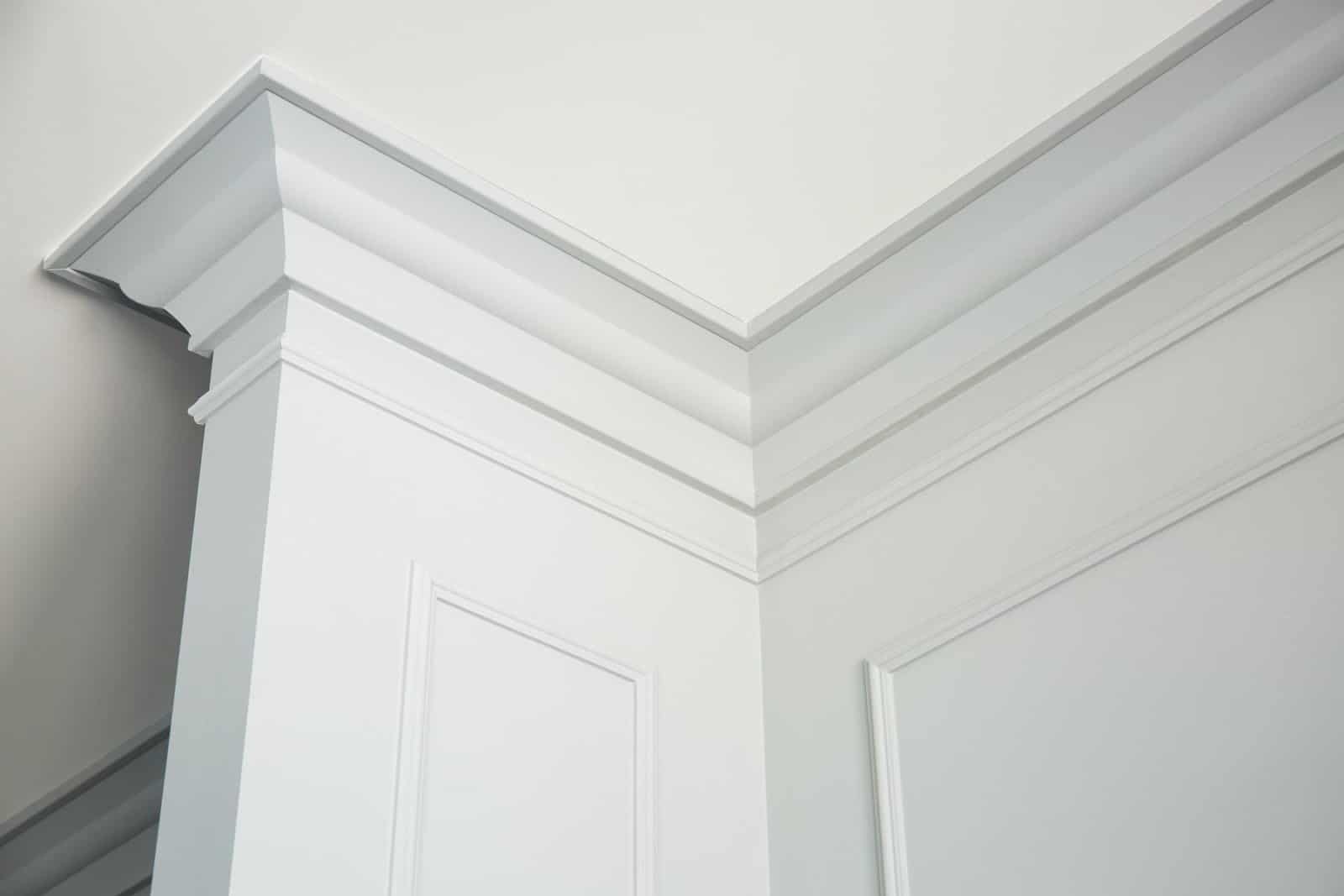
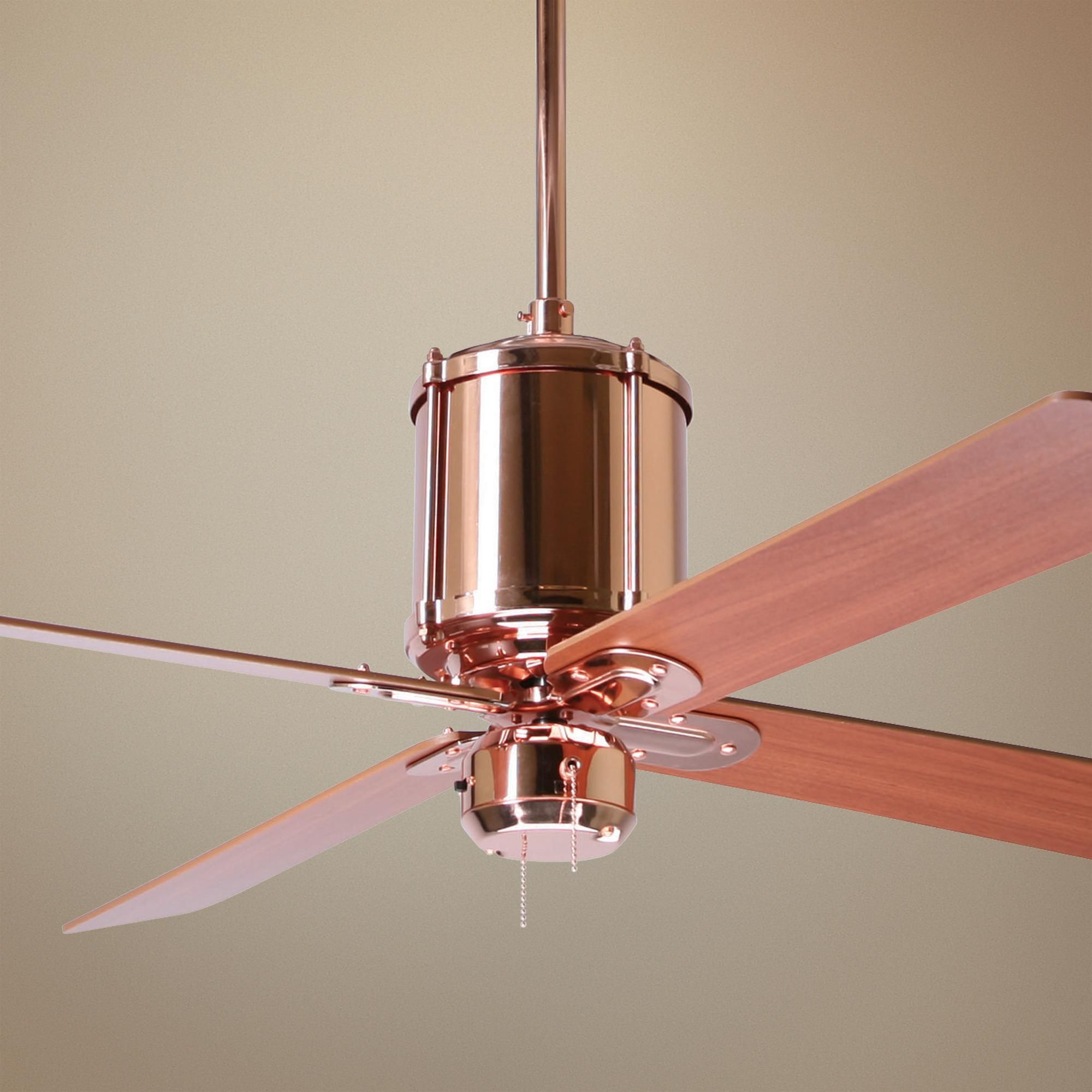


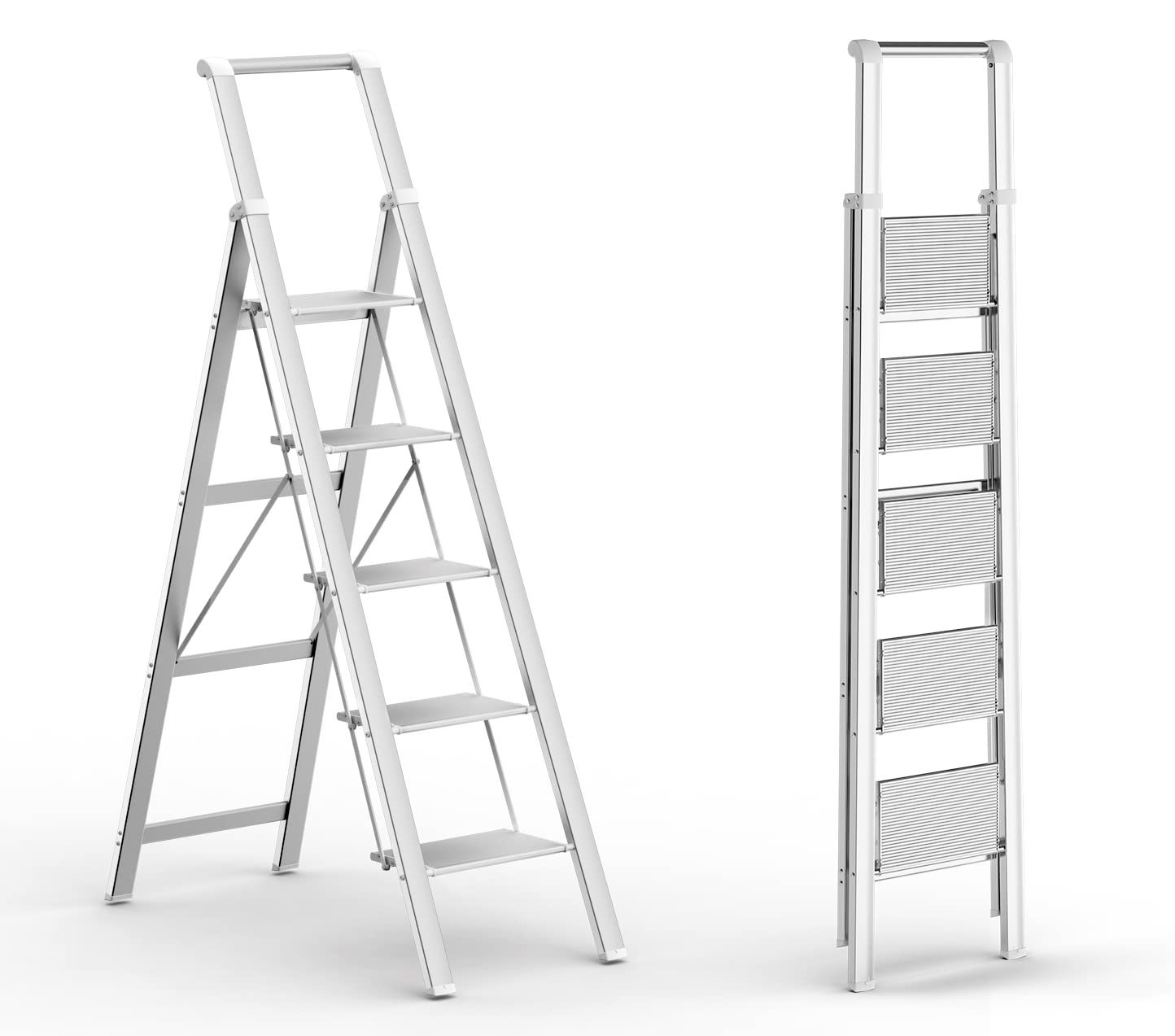

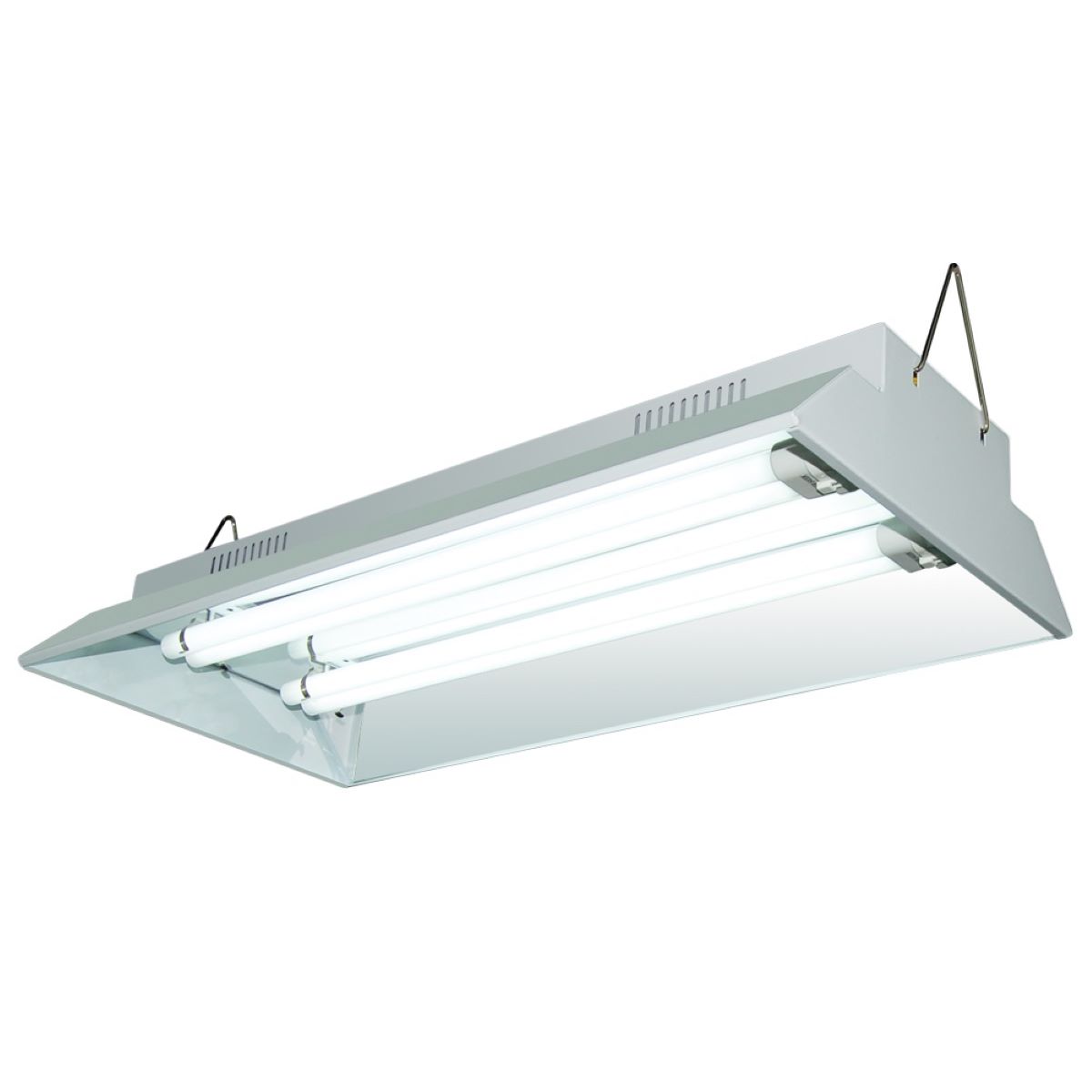
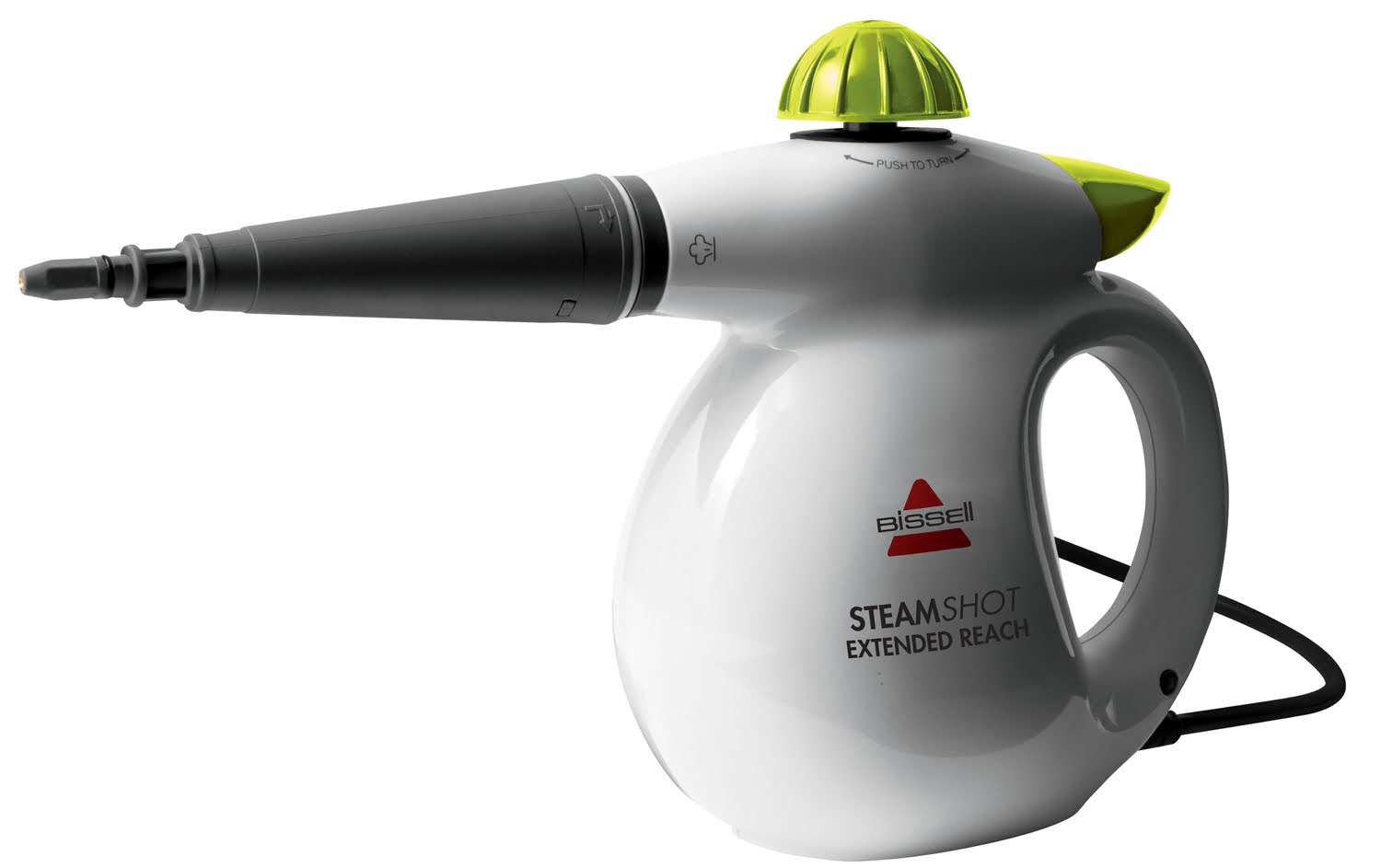

0 thoughts on “How To Reach 20-Foot Ceiling”